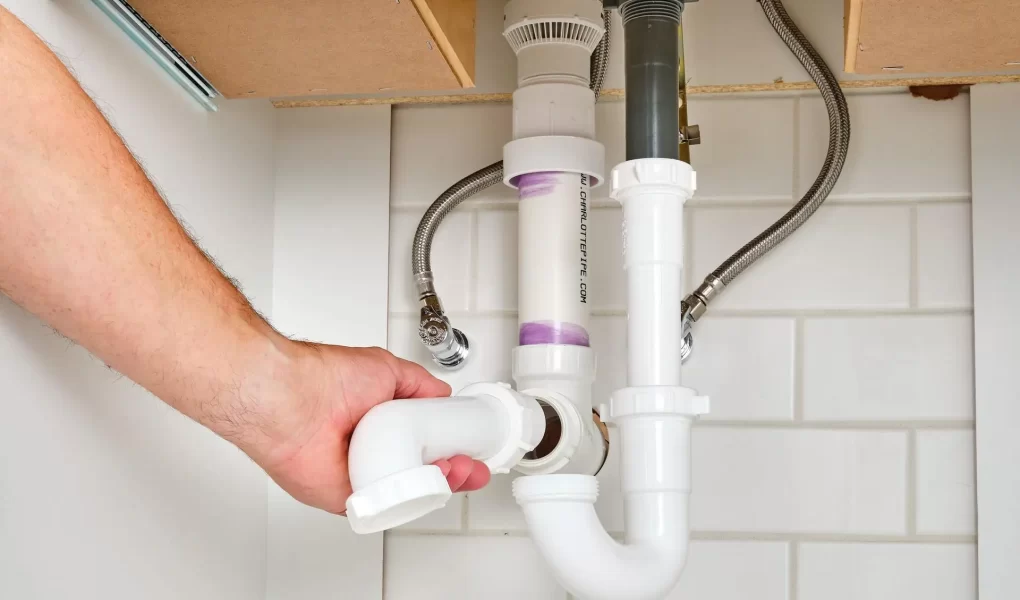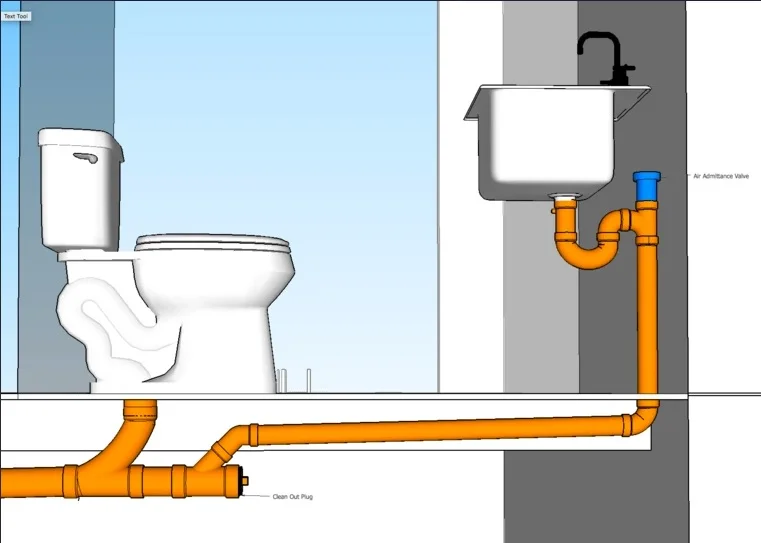Plumbing is a crucial aspect of modern infrastructure, providing the means for clean water supply and efficient waste removal. One essential component of a well-functioning plumbing system is venting. This article explores the purpose of venting in plumbing, its importance, types, and the potential issues that can arise from improper venting.
Introduction to Plumbing Venting

What is Plumbing Venting?
Plumbing venting refers to the network of pipes that extend from your plumbing system to the outdoors, typically through the roof. These pipes, known as vent stacks or vent pipes, allow air to enter the plumbing system and gases to escape. This system ensures that water flows smoothly through your pipes and that sewer gases do not enter your living spaces.
Historical Context
The concept of venting in plumbing systems has evolved over time. Early plumbing systems lacked proper venting, leading to issues such as slow drainage, water contamination, and unpleasant odors. Modern plumbing codes now require comprehensive venting systems to prevent these problems and to ensure the safety and efficiency of plumbing installations.
The Primary Functions of Plumbing Vents
1. Preventing Sewer Gas Buildup
One of the main purposes of plumbing vents is to prevent the buildup of sewer gases within the home. Sewer gases, which include methane, hydrogen sulfide, and ammonia, are not only unpleasant but also hazardous to health. Vent pipes provide a safe escape route for these gases, directing them outdoors and away from indoor spaces.
2. Maintaining Proper Air Pressure
Plumbing vents maintain the proper air pressure within the drainage system. When water flows through the pipes, it creates a vacuum. Without venting, this vacuum could cause slow drainage, gurgling sounds, and water siphoning from traps. Vents allow air to enter the system, balancing the pressure and ensuring smooth water flow.
3. Protecting Water Traps
Water traps (or P-traps) are U-shaped sections of pipe located beneath sinks, bathtubs, and other fixtures. They hold a small amount of water to prevent sewer gases from entering the home. Proper venting ensures that these traps do not get siphoned dry by maintaining balanced air pressure, which is crucial for their effectiveness.
4. Facilitating Drainage
Efficient drainage is another critical function of plumbing vents. By allowing air into the plumbing system, vents facilitate the movement of water and waste through the pipes. This prevents blockages and backups, reducing the likelihood of plumbing emergencies and costly repairs.
Types of Plumbing Vents
1. Main Vent (Stack Vent)
The main vent, also known as the stack vent, is the primary vent pipe that runs vertically from the main drain line to the roof. It serves as the central point for venting the entire plumbing system, allowing gases to escape and air to enter.
2. Branch Vent
Branch vents connect individual fixtures to the main vent. They provide additional air pathways, ensuring that each fixture has adequate ventilation. These vents are crucial for fixtures located far from the main stack.
3. Vent Stack
A vent stack is a secondary vertical pipe that connects to the main drain line. It provides additional venting support and is typically used in larger buildings with extensive plumbing systems.
4. Common Vent
A common vent serves two or more fixtures located on the same floor. It connects to a horizontal branch drain and provides ventilation for multiple fixtures simultaneously, reducing the number of vent pipes needed.
5. Air Admittance Valve (AAV)
An air admittance valve is a one-way valve that allows air to enter the plumbing system without requiring a roof penetration. AAVs are commonly used in situations where traditional venting is impractical. They are particularly useful in remodeling projects and locations with limited access to the roof.
Importance of Proper Venting
Health and Safety
Proper venting is essential for health and safety. By allowing sewer gases to escape and preventing them from entering living spaces, vents protect occupants from exposure to harmful gases that can cause respiratory issues, headaches, and other health problems.
Preventing Structural Damage
Improper venting can lead to plumbing issues such as slow drainage and blockages, which can cause water backups and leaks. Over time, these problems can lead to structural damage, mold growth, and costly repairs. Proper venting helps maintain the integrity of the plumbing system and the building structure.
Compliance with Plumbing Codes
Adhering to plumbing codes is crucial for ensuring the safety and functionality of the plumbing system. Most building codes require proper venting for all plumbing fixtures. Failure to comply with these codes can result in legal issues, fines, and difficulties when selling the property.
Optimal Plumbing Performance
A well-vented plumbing system operates efficiently, with smooth drainage and minimal risk of blockages. Proper venting reduces the likelihood of plumbing emergencies, extending the lifespan of the plumbing system and reducing maintenance costs.
Common Venting Problems and Solutions
Blocked Vents
Blocked vents are a common issue that can impede the function of the plumbing system. Debris, such as leaves, bird nests, and ice, can obstruct the vent pipes. Regular maintenance, including inspecting and cleaning the vent pipes, can prevent blockages.
Improper Vent Installation
Improper installation of vent pipes can lead to various problems, including inadequate air flow and sewer gas leaks. Ensuring that vents are installed according to plumbing codes and by qualified professionals is crucial for proper function.
Frozen Vents
In colder climates, vent pipes can freeze, causing blockages. Insulating the vent pipes and ensuring proper installation can prevent freezing and maintain the function of the plumbing vents.
Negative Air Pressure
Negative air pressure in the plumbing system can cause traps to be siphoned dry, allowing sewer gases to enter the home. Installing additional vents or using air admittance valves can help balance the air pressure and prevent this issue.




